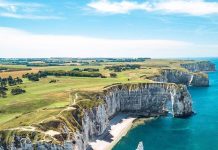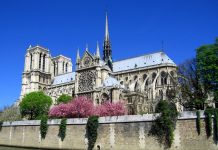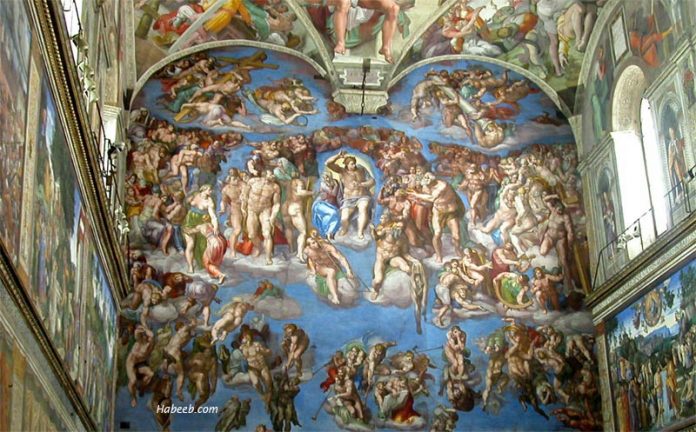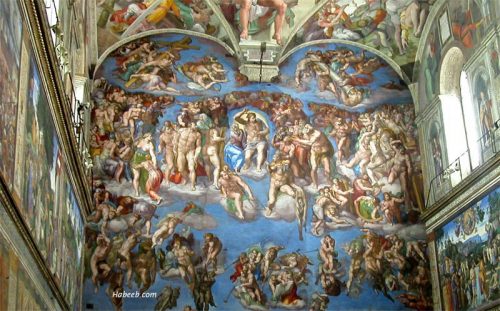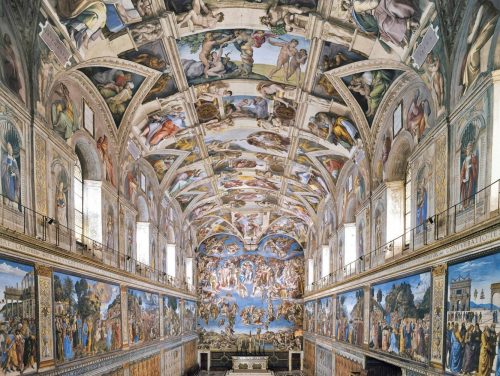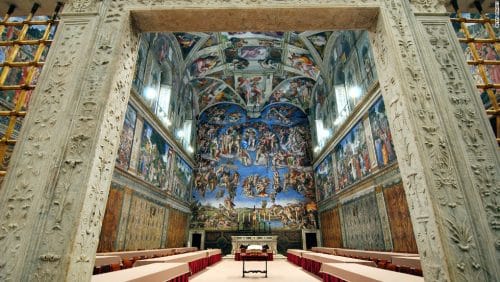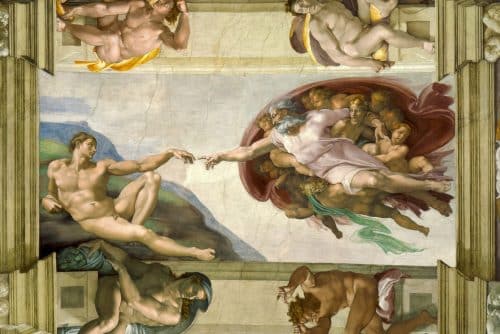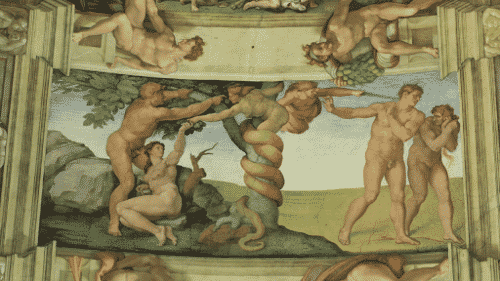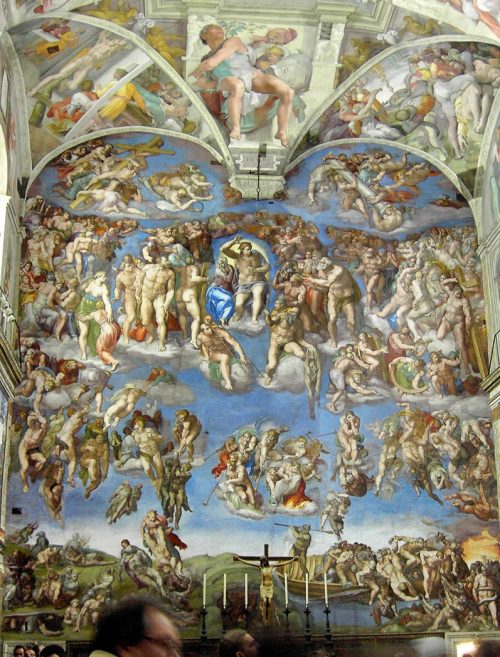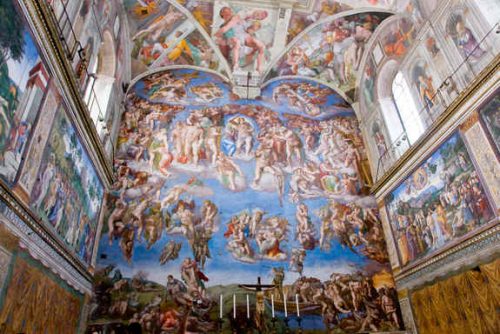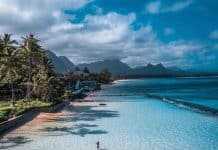The history of Rome is remarkable, a City that offers so much. Within its boundaries is the Vatican, the focus of the Roman Catholic Church. The Sistine Chapel in the Apostolic Palace, the official residence of the Pope, is stunning.
Its name comes from Pope Sixtus IV, who was responsible for its restoration between 1477 and 1480; new popes are chosen by cardinals meeting in the Chapel.
Tourists heading there have plenty of public transport alternatives; metro and buses as well as taxis. No one can get lost.
The reason for the Chapel’s fame is associated with the decorative frescoes, especially on the ceiling, the Last Judgment by Michelangelo. A number of Renaissance painters were chosen by Sixtus IV to create frescoes of the life of Christ and Moses; Sandro Botticelli, Pietro Perugino, Pinturicchio, Domenico Ghirlandaio and Cosimo Roselli.
It is a high rectangular building, with an interior 40 metres by 13.4 metres, the size of the Temple of Solomon in the Old Testament. There are three main tiers. The central one has the Life of Moses and the Life of Christ painted by the Florentine painters of Lorenzo De’ Medici under the supervision of Pietro Perugino.
There were tapestries in the Chapel but they were looted in the Sack of Rome in 1527, some burnt, others finding their way to different parts of Europe. Replicas were made and put on display in 1983.
Michelangelo
Originally the ceiling was painted blue with gilt stars and a decorative border, but that was then replaced when Pope Julius II commissioned Michelangelo to change that ceiling. Initially the intention was to paint the 12 Apostles, but Michelangelo demanded free rein to paint in content.
He painted nine pictures; the Creation of the World, God’s Relationship with Man, and Man’s Fall from God’s Grace. He also painting 12 Biblical and Classical men and women who prophesied Jesus Christ would come to save mankind and the Ancestors of Christ.
Subsequently, he came back to paint the Last Judgement for Clement VII and Paul III between 1535 and 1541. His ceiling frescoes measure the whole of the interior ceiling, quite a task.
Prominent Frescoes
The southern wall holds the Stories of Moses include:
• Moses Leaving for Egypt by Perugino
• The Trials of Moses by Botticelli
• The Crossing of the Red Sea, artist either Rosselli, Ghirlandaio or Tucci
• Descent from Mount Sinai by Rosselli or DI Cosimo
The northern wall has the Stories of Jesus include:
• Baptism of Christ by Perugino
• Temptation of Christ Botticelli
• Vocation of the Apostles by Ghirlandaio
• The Sermon on the Mount by Rosselli
• The Last Supper by Rosselli
On the eastern wall, there are two which covers originals:
• Resurrection of Christ by van den Broeck (1572)
• Disputation over Moses’ Body by DA Lecce (1574)
Access to the Sistine Chapel
There are always queues to get into the Sistine Chapel. No matter how long the queues patience is rewarded once you get inside. There are guided tours of the Vatican Museums, where the Sistine Chapel is the last you will reach. Alternatively, you can get an audio-guide.
There are limited opportunities to avoid crowds by taking either a Privileged Entrance Tour or a Private After-Hours Tour. It is important to bear in mind the Chapel is still in use for some functions so you must avoid them to gain access.
The dates when the Chapel will be closed are announced well in advance. Otherwise the ticket office opens between 0900 and 1600 Monday to Saturday with visitors having to leave by 1730. On Sundays, entrance is free from 0900 until 1230 with the museums closing at 1400. The full charge, paid in euros, is 16 euros though there are some concessions.

